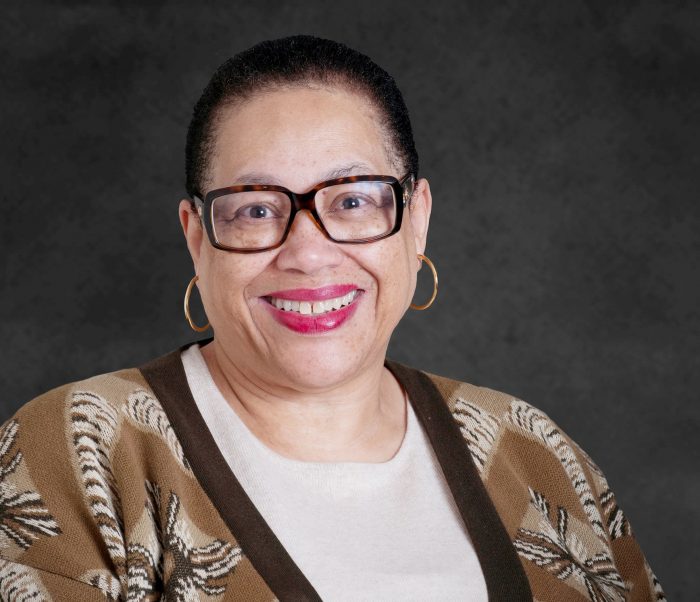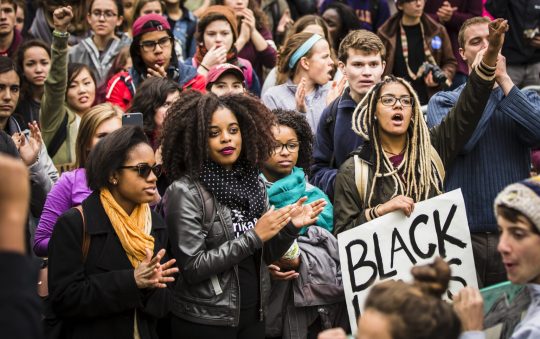
From its founding in 1909 to today, the National Association for the Advancement of Colored People (NAACP) has endured as a vital advocacy organization dedicated to freedom and justice for all. From July 20-24, the nation’s oldest and largest civil rights organization’s annual convention met for the 110th time in Detroit’s Cobo Hall.
This affectionate granddaddy of Black conventions, known for its timely topics, added student loan debt to its 2019 agenda. Co-releasing a research report with the Center for Responsible Lending (CRL), the NAACP added its voice and influence in the continuing public policy debate and dilemma wrought by an unsustainable $1.5 trillion of student debt.
Entitled, QUICKSAND: Borrowers of Color & the Student Debt Crisis, the report examines how this unprecedented level of debt weighs heaviest on Black America. It also offers a series of reforms designed to free borrowers of all colors in a fair and equitable manner.
“The student loan debt crisis puts deeply held beliefs like the value of hard work, the transformative power of education, and the ability to build wealth during one’s own lifetime into question,” states the report. “The balance sheets of millions of borrowers and this nation demonstrate that our current student debt system operates in direct contraction of these ideals.”
As earlier reported in this column, Black Americans today have a dime for every dollar of wealth held by whites. That racial wealth gap forces Black families to borrow more frequently and incur deeper debts to finance college costs than their white counterparts.
Stagnant incomes that have remained nearly the same over the past 20 years is also a contributor to the student debt crisis, This data point from the Federal Reserve Bank of St. Louis, is further strengthened by a $7 billion drop in state funding for two and four-year public colleges that occurred from 2008 to 2018, according to the Center on Budget and Policy Priorities.
These and other contributing factors led to the joint report’s key findings that include:
- Today, over half of all families with Black heads of household aged 25-40 have student debt.
- Black bachelor’s degree graduates are unable to afford loan repayments at five times the rate of comparable white graduates. These Black grads are also more likely to default than whites who never completed a degree.
- Four years after graduation, nearly half of black graduates owe more on their undergraduate student loans than they did when they received their degree; by contrast, only 17% of white graduates face this same dilemma.
- Women graduate, on average, with $2,700 more in student debt than their male counterparts. Further, as they typically earn less in the marketplace, paying off their loans takes longer. Two-thirds of outstanding student loan debt is held by women.
- After 8 years of repayments, nearly one in four borrowers still owe more than half of their original loan balance
Senior borrowers, ages 60 and older, together owed $66.7 billion in student debt in 2015. This same year, about 114,000 seniors’ Social Security benefits were seized for defaulted loans. Additionally, parents who borrowed loans to help defray college costs often also delay retirement plans as they strive to eliminate debt.
And for young college graduates, the research found an average seven years delaying a first-home purchase, as well as delays that prevented younger consumers from creating new households or starting families.
In short, heavy college loan debt suppresses the purchasing power of multiple generations of the same family.
“Despite making regular payments, many African American students who have attended college are disproportionately drowning in debt,” said Hilary O. Shelton, NAACP Washington Bureau Director and Senior Vice President for Policy and Advocacy. We urge policymakers to put an end to predatory for-profit programs that target communities of color and strengthen and boost federal funding for public institutions that provide quality higher education alternatives.”
Specifically, the research report recommends:
- Make college accessible for the average American – Reinvest in higher education to better secure our economy and enable people to earn their way into the middle class.
- Prevent abuses by for-profit institutions – Ineffective and/or abusive for-profit schools do not deserve taxpayer-funding revenues; these institutions must be held accountable.
- Permanently tie Pell Grant aid to the level of inflation. This reform would ensure that the level of assistance to consumers with the lowest incomes would be consistent.
- Strengthen loan servicing standards and oversight – Reform current servicing to provide clear standards of performance as well as consumer protections. The Department of Education must be a better steward.
- Improve repayment: Make it easier for students who currently carry debt to pay off their loans and move on with their financial lives. Repaying student loans should not take 20-30 years.
“It has become increasingly more difficult for those without financial wealth to have a sustainable pathway to higher education,” noted Debbie Goldstein, CRL Executive Vice President. “Fortunately, however, the student loan crisis is solvable.”
Thanks to this joint report, a path to loan repayment and forgiveness is added to the continuing public debate. Here’s hoping that policymakers will understand that effective reforms will better serve both consumers and the nation’s economy.







